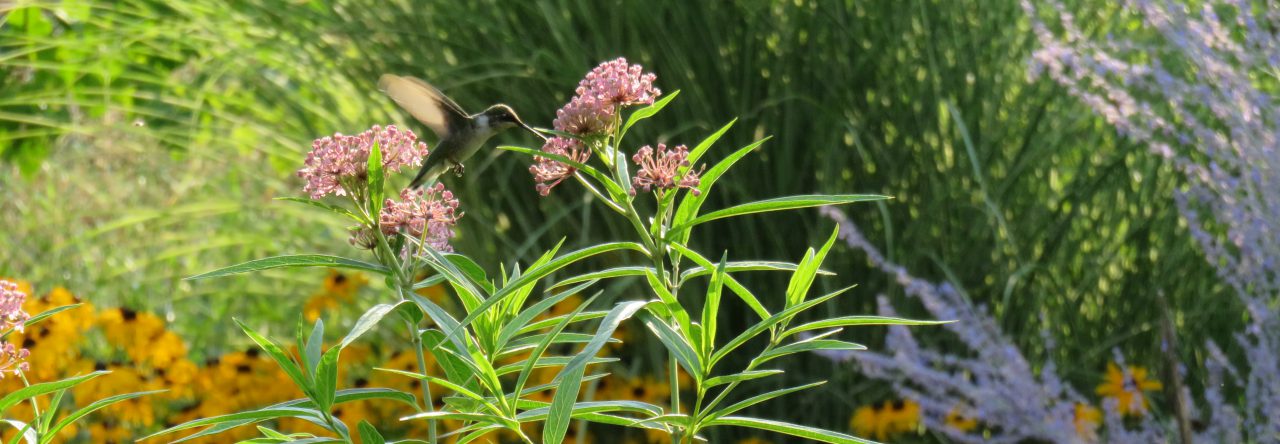You may have heard of the disappearance of the well-known conservationist that has been protecting the monarch butterflies that migrate to Mexico and winter there. Homero Gomez was last seen on January 13th. Monarchs have a number of threats including illegal logging that reduces the size of their winter habitat in Michoacán.
I recently finished reading a book by conservation biologist Nick Haddad called The Last Butterflies.

This book took me a while to read, but I enjoyed it. It was interesting if you like reading about scientific experiments in the wild and that sort of thing. One of the last chapters was about the migrating eastern North American monarch. Much like the passenger pigeon, there are still millions of monarchs, but they face a number of threats that could wipe them out, including threats to their wintering grounds in Mexico. Here in the United States there is a loss of habitat as well as threats from pesticides. Why does this matter? Monarch caterpillars and butterflies are the most well known and loved insects. They are like the canary in the coal mine. When they decline, despite efforts to assist them, we can guess that many other insects that we care less about but that are very important are also facing numerous threats.
I am looking forward to getting some milkweed plants from an acquaintance at the Palos forest preserve restoration project who has promised me some plants in April. I have had no luck planting milkweed from seeds. I have swamp milkweed and butterfly weed, but am eager to plant some asclepias syriaca (common milkweed), too.
Another important thing gardeners can focus on is nectar plants in the autumn when monarch are migrating south. Below are a few pictures from my garden.

Monarchs on sedum in September. One day this past year I looked out and saw six monarch feasting on the sedum nectar.

That same day the monarchs were sipping on the Agastache ‘Blue Fortune.’

Monarch on zinnia
But we are still in the very middle of winter, so I will post some winter bird pictures as well.

Male red-bellied woodpecker snacking on suet.

Two downy woodpeckers wait for the red-bellied woodpecker to leave. The feeder is hanging by a string so it swings around when birds peck on it. Notice that we just pruned off a few lower branches on the chinquapin oak tree.

I have enjoyed having the downy woodpeckers visit the yard more frequently this week.

The house sparrows look for bits of suet that may have landed below the feeder.

The mourning doves arrived to check out the action.

The European staring gives it a try.

Looks like the squirrel managed to get a chunk of it.

White-breasted nuthatch

When we pruned the trees I brought in some serviceberry branches to see if they would open inside. I have no idea if that will work.

Sunrise on our street. The days are getting longer!




































































 Unknown small creature on nasturtium leaf
Unknown small creature on nasturtium leaf



















































































